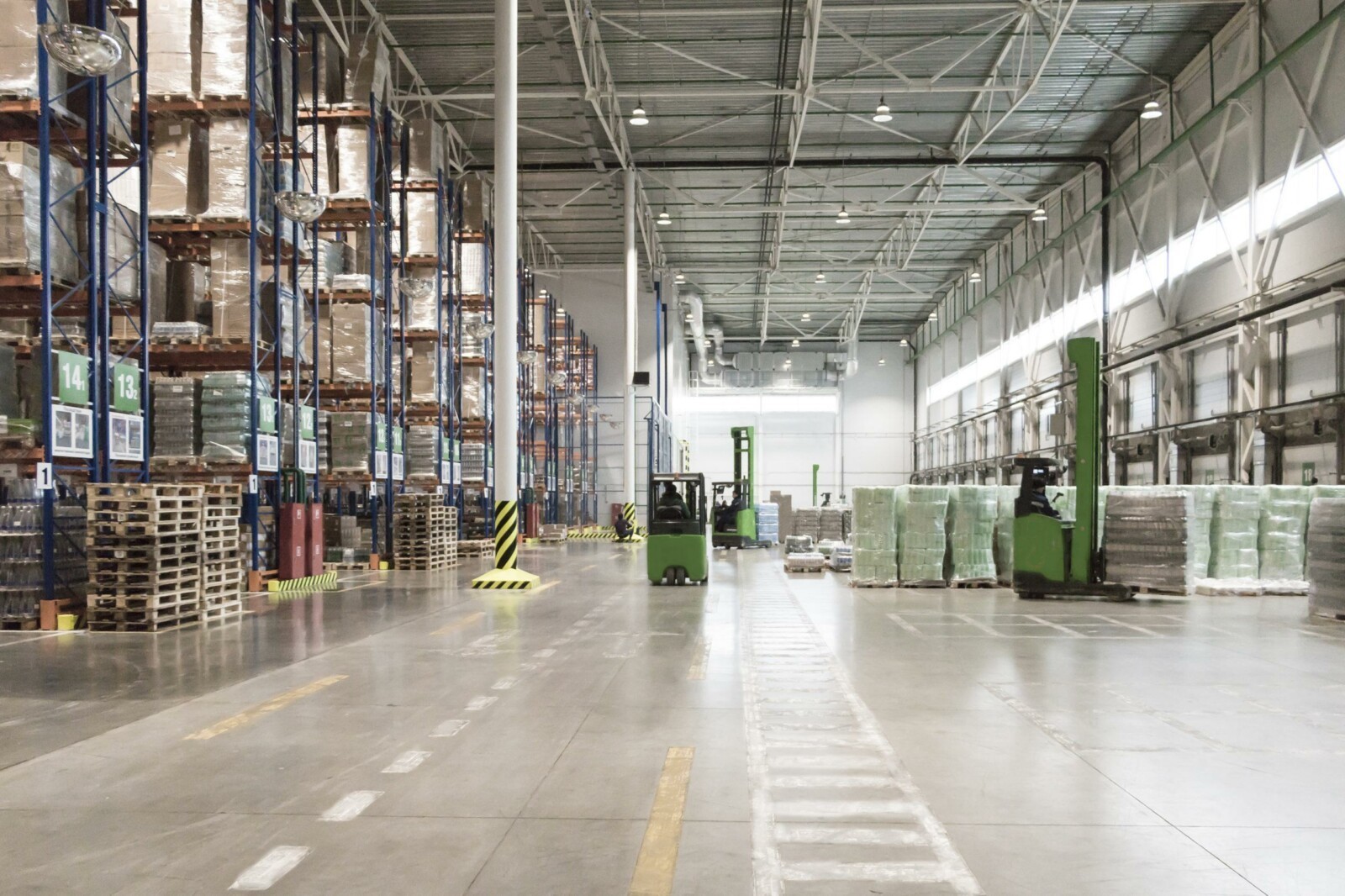
The 4 major business costs of IT failure
Computer breakdowns and downtime can have severe cost implications for all types of businesses. In some high-throughput situations such as logistics, even minor computer glitches can cause severe operational disruption that takes hours or days to put right. Typical costs incurred from downtime include productivity costs at an average of 78 minutes per occurrence, IT support of 53 minutes per occurrence and high percentages for the actual replacement costs of the failed device. This is why it’s important to consider these costs carefully and invest in the right equipment, of the right quality, to avoid downtime in the first place.
The three biggest costs businesses face when dealing with IT failure
Disrupted Operations
Probably the biggest cost of IT failure, which may not be immediately obvious, is the disruption to operations while the computers are out of action or being repaired. Order fulfillment and production stop until the problem is resolved. Let’s take a look at what occurs during a typical forklift computer failure, which involves 4-5 employees or more:
- Forklift Operator – production or order fulfilment stops as they jiggle wires, reboots, etc., and if unsuccessful in resolving the problem – they call their supervisor.
- Supervisor – essentially does the same thing as the Operator and if unsuccessful, then calls the IT Help Desk.
- IT Department and/or Help Desk – They will attempt to determine if the failure is hardware or software related. If they are unsuccessful, they recommend replacing unit, call maintenance who replaces the unit and then calls someone from the asset cage to record the replacement.
- Shipping – someone needs to source a replacement and send the bad unit in for repair
- Receiving – repaired unit is returned which needs to be received in asset inventory
In the real world, there is no redundancy for forklift computers. The only backup available is to draw from the spare pool which may not be immediately available. However, even if you carry spares, and incur the extra cost of doing so, swapping out the unit takes time and personnel. The best solution is to avoid these situations in the first place by making sure that computers are as robust, rugged and reliable as possible.
Customer Satisfaction
For many of JLT’s customers even the 1 minute taken for a computer to reboot after a crash can cause operational disruptions that take a whole day to catch up on. This results in many angry truck drivers who don’t get their loads on time, in turn causing customer dissatisfaction which can have greater effects further down the line. Business lost from delayed deliveries or billing inaccuracies is hard to regain. Other financial effects of operational disruption include penalty costs for late deliveries, and an increase in personnel costs to get the job done.
Decreasing Productivity of Operators
Broken or badly functioning computer terminals annoy operators, and the effects of this shouldn’t be underestimated. When equipment consistently fails to perform or prevents them from doing their jobs efficiently, operators’ motivation takes a nosedive. The negative energy caused by frustration, shouting at terminals, or causing physical damage to the unit combined with the extra time taken to complete tasks, can severely impact productivity. Lower productivity levels can have a measurable effect on operators’ work output and can mean more man-hours to complete the same tasks – all costing money.
The Costs of Computer Repair
Perhaps more obvious is that when a computer breaks it must be repaired, and there is a financial cost involved in shipping the unit to and from the repair location, as well as the cost of repairing or replacing it. Since fewer breakdowns means fewer unexpected repairs, maintenance costs can be minimized by choosing computers that are specially designed for reliability, with features like ruggedized projected capacitive touch (PCT) screens. Compared to standard touch screens which may need to be replaced every few years, such rugged PCT screens are virtually unbreakable and don’t wear out even with heavy use, so they incur much lower repair costs.
To allow effective budgeting for hardware maintenance, many computer vendors offer full-service agreements which cover all required maintenance at a predictable cost. However, there is still the cost associated with disrupted operations and decreased operator productivity. The best solution is still to minimize the risk of IT failures by choosing a computer that isn’t going to break down in the first place.
Ultimately, IT equipment breakages and downtime result in more financial cost than just the simple repair cost of the units. These costs can make the total cost of ownership of a product with a lower initial purchase price drastically exceed the total cost of ownership for a more expensive, but more reliable, alternative. It’s therefore necessary to fully consider these cost implications when evaluating or specifying IT equipment.
JLT Mobile Computers is a leading producer and reseller of rugged forklift computer solutions that enhance warehousing productivity. In three decades of relentless customer focus, we’ve built a global presence, deployed tens of thousands of devices, and earned the trust of many Fortune 500 companies.
Our rugged solutions are acknowledged as the best in the world and are backed by the industry’s longest warranties. We have our own R&D and production facilities in Sweden, enabling us to control every aspect of quality for ultimate performance in the toughest environments.
Want to learn more?
We’re here to help and advise you on every aspect of rugged devices and industry data communications.
Please fill in the form and we will get back to you as soon as possible.

